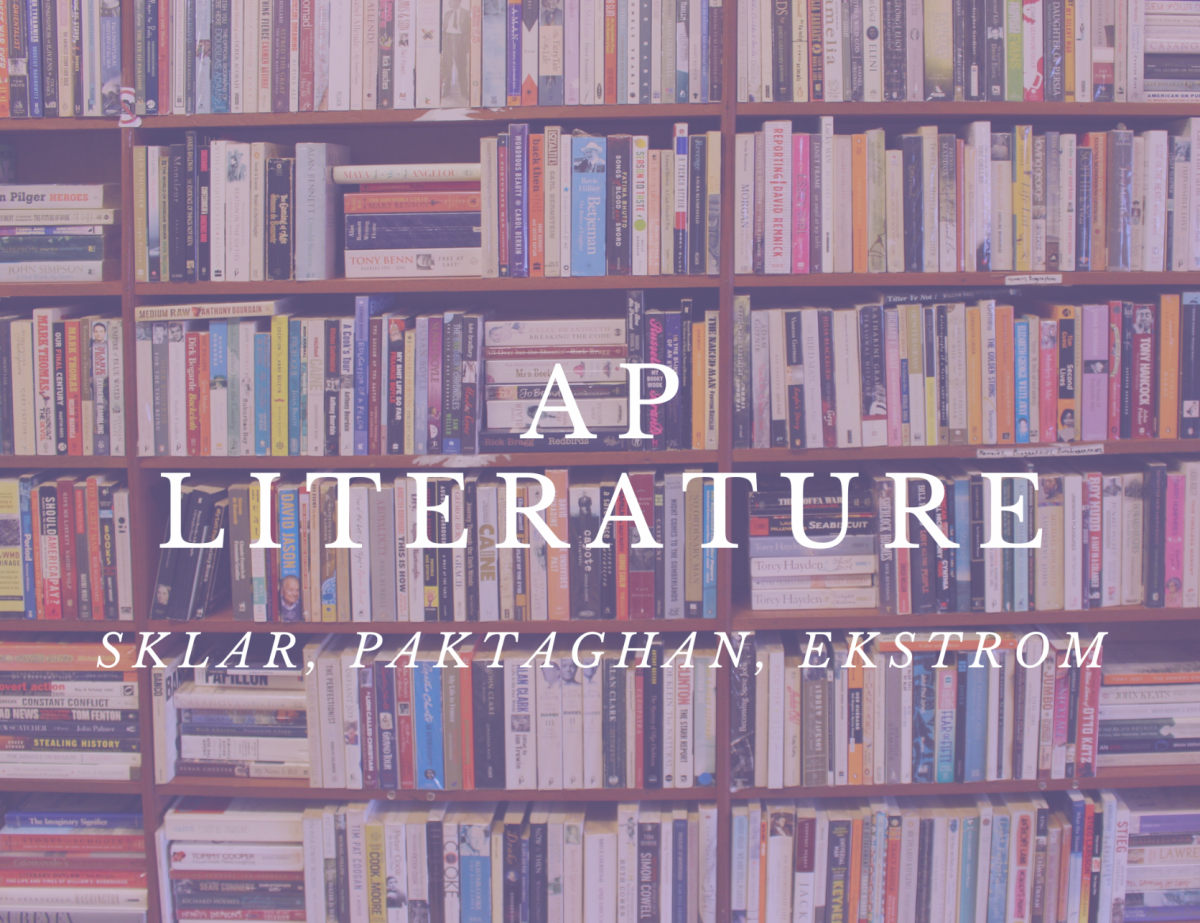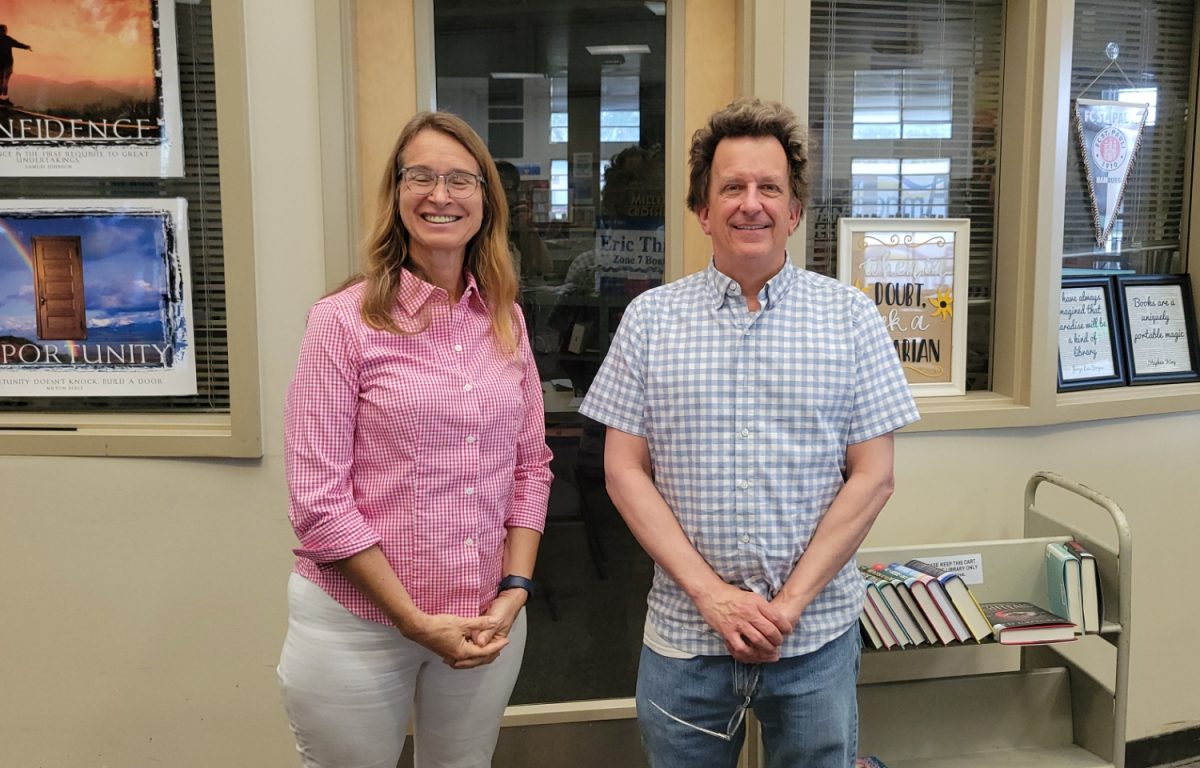Stacey Sklar, Darren Pagtakhan, and Erik Ekstrom. What do they have in common? The three of them share the responsibility of teaching one of the most popular senior English classes on campus: AP Literature and Composition, more commonly referred to as “AP Lit”. According to the College Board, AP Literature is “an introductory college-level literary analysis course. Students cultivate their understanding of literature through reading and analyzing texts as they explore concepts like character, setting, structure, perspective, figurative language, and literary analysis.”
Amador will offer this year’s AP test in May. The test has been online since COVID and seems to be staying that way for the foreseeable future.
“AP lit test has a multiple choice section and three free response questions. In the multiple-choice section, you are demonstrating your analytical skills and your careful reading skills. In the free response, you’re essentially doing the same thing in your own words,” said Sklar.
The free-response segment, according to Paktaghan, is something of a beast, but he is confident that students who take the class will be more than ready. He works hard to break it into manageable pieces, so that when it culminates in the spring, it will be a walk in the park. The class tends to fall into a flow of independent reading, in-class discussions, and then cumulative assignments, like practice FRQs. In this decade, the teachers feel that the discussion format is becoming more difficult to maintain.
“The conversations are just designed to supplement the writing. But with the advent of AI, it’s becoming more and more challenging to keep that intact. In other words, with AI so available and improving every day, students are just getting their content through AI,” said Paktaghan.
Other students, however, find the format helpful to good learning.
“Obviously, in AP lit we have to talk a lot, and he is there to help push discussions and I feel like what he provides helps us a lot. Sometimes we talk for two hours straight and sometimes we can’t think straight for thirty minutes, then he lets us take a break because he understands,” said Veronica Pascual (‘25).
Though much of AP lit is set in this style, Sklar likes to find ways to keep the content fresh. In November of 2024, Sklar’s classes hit the road and got to explore the San Francisco Legion of Honor Museum for a chance to bring the literature to life. At the museum, students were tasked with finding different pieces of art that reflected the different literary eras that they were studying in preparation for the test.
“I just like showing the students that they can take what they’re doing and apply it in different artistic realms,” said Sklar.
This trip is a part of her larger belief that what students learn in AP Literature will last them a lifetime.
“Careful reading, purposeful writing, and thoughtful analysis…these are the essential building blocks of everything we do whether you go into humanities, STEM, social sciences—really anything—you should be able to express yourself in a way where you can be best understood,” said Sklar.
All three teachers agreed that AP literature was useful for more than just a few college credits.
“There are a lot of skills you can develop from it, particularly the discussion element. Most work fields require you to be kind of social, even if you’re not. I think it’s very nice to have that,” said Pascual.
Paktaghan shared the sentiment of AP Literature’s immeasurable value.
“If we’re doing the right work and asking the right questions, we are arriving at a common humanity, which is not just AP lit, but all good art—I think—has that in common. It’s always pointing to what is deep in us and what unites us,” said Paktaghan.





















